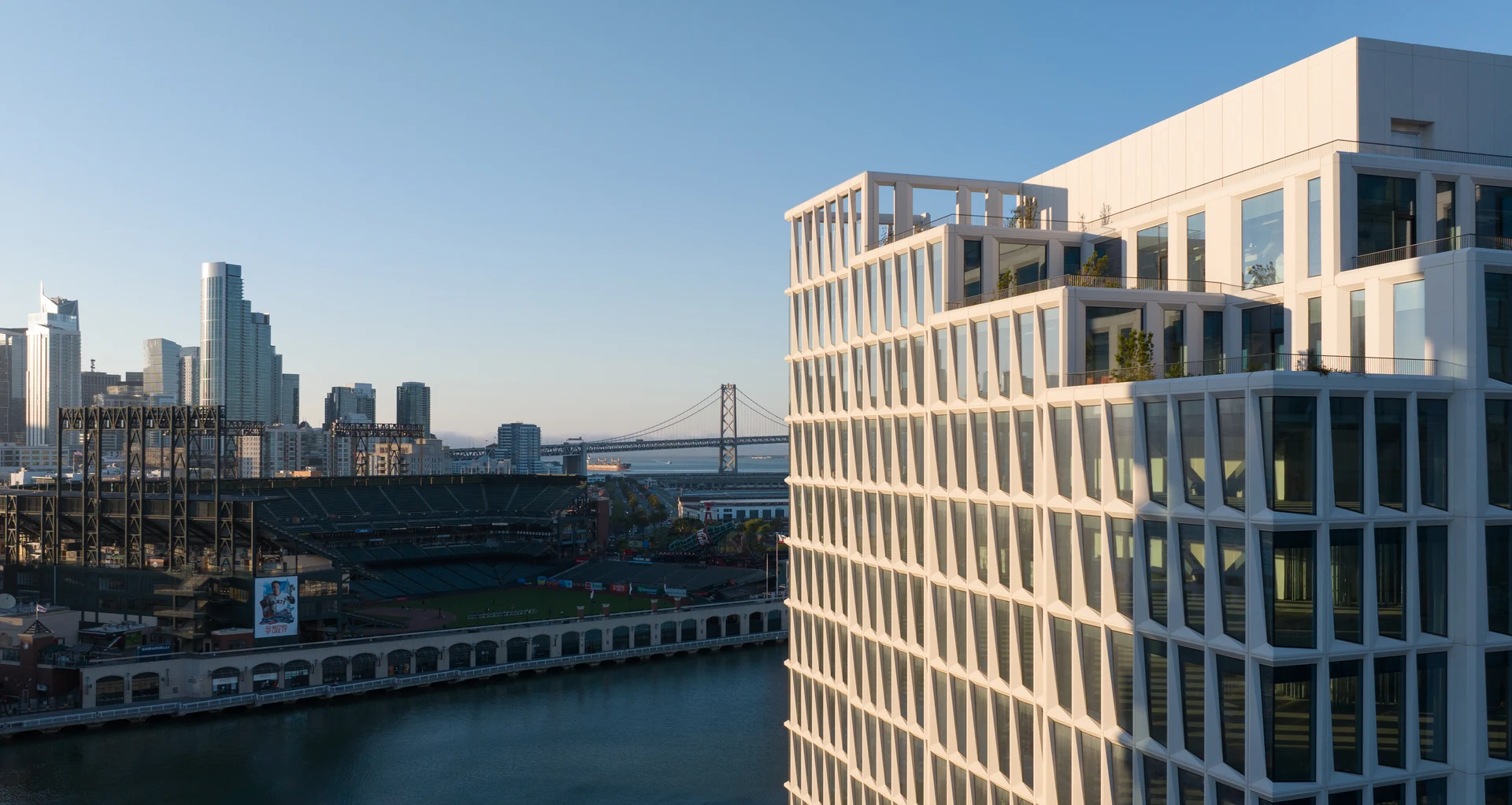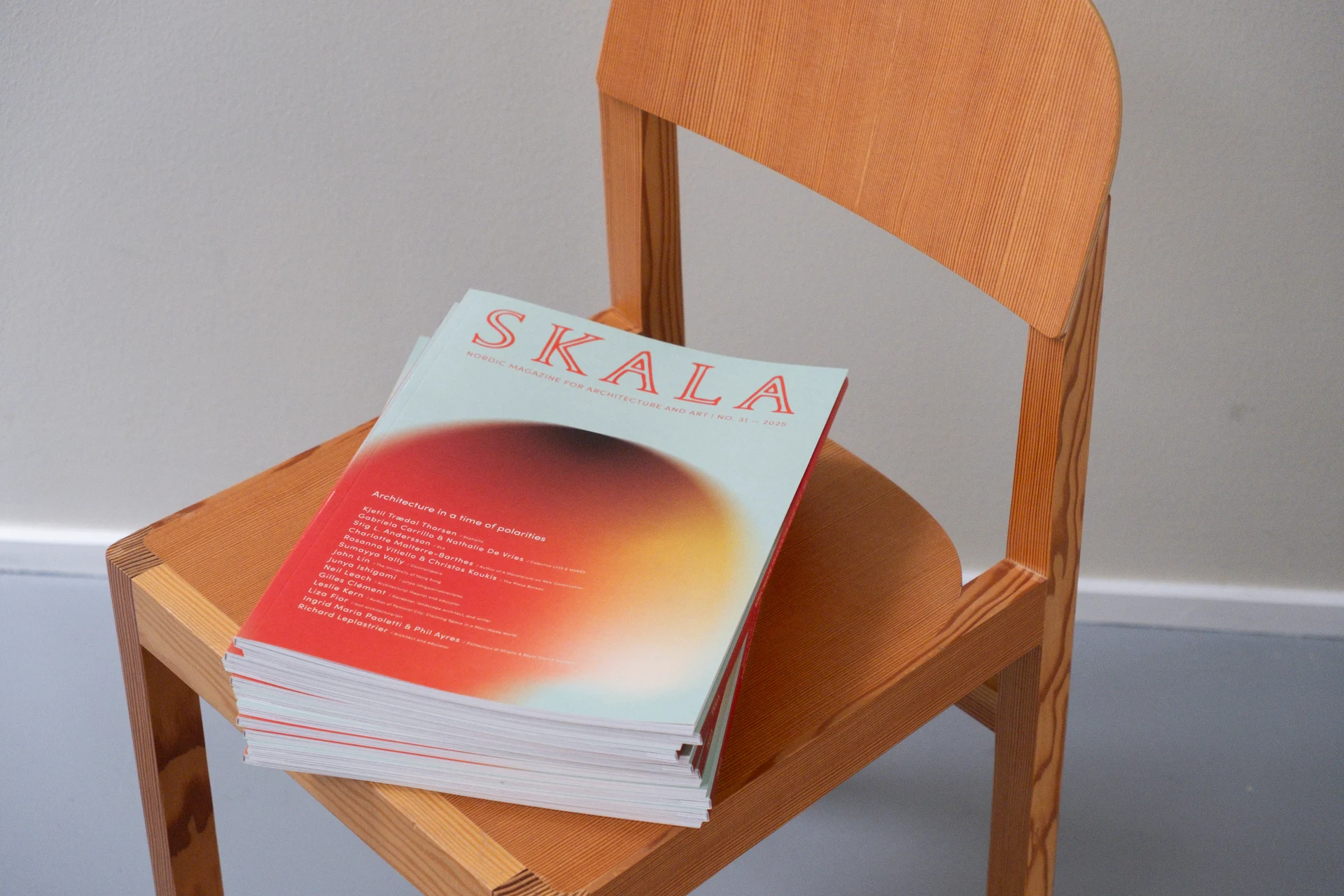Tackling the global urban heat crisis

As global temperatures soar, cities worldwide are grappling with the effects of extreme heat, projected to persist for nearly half the year. Exposure to these dangerous heat levels has increased by 200% since the 1980s, disproportionately affecting low-income and marginalized communities and exacerbating social inequalities.
Contact

Kritika Kharbanda
Head of Sustainability, LEED AP BD+C
Together with Ramboll and the University of Pennsylvania, we have secured $149,000 funding from the Ramboll Foundation to develop KlimaKover, an innovative architectural application of membrane-assisted radiant cooling technology designed for climate resiliency and justice.
A breakthrough in modular cooling, this project will create low-cost, accessible cooling solutions that support climate justice. The funding will be used to create a prototype external autonomous pavilion or an indoor replicable element, providing scalable solutions for emergency situations, underprivileged communities, and temporary relief in high visibility areas.
Rethinking conventional cooling systems
The traditional air conditioner market is predicted to grow by 1 billion units before the end of the decade, straining local power supplies, contributing to waste heat issues and ultimately exacerbating global warming. Designed to break this cycle, KlimaKover uses radiant cooling technology, developed by an international team of researchers from institutions in the U.S., Canada, Asia, and Europe that provides comfort without the adverse effects of conventional air conditioning systems.
“As the impact of climate change becomes more severe, investment in innovative technologies for better climate resilience is crucial, and ensuring a more equitable approach to addressing and adapting to these challenges is vital. We are so excited to take this forward with our partners Penn and Ramboll," says Kritika Kharbanda, Head of Sustainability at Henning Larsen.


Our proposed solution takes the shape of a mobile, deployable, and autonomous structure designed for disassembly which can be transported to various locations and tested on developer partner sites. This is a low-energy consuming, condensation-free, radiant comfort product that can function in cooling or heating modes, improving air quality while lowering energy costs. It is adaptable for existing buildings, providing thermal comfort and resilience in low-income housing and other settings.
The sketch below schematically illustrates how the technological system functions. The membrane allows radiation to pass but restricts the air and humidity, which helps in reducing the convection and completely limiting any condensation.
These elements provide flexible and efficient solutions to urban heat challenges, promoting sustainable and equitable climate adaptation. By partnering with non-profits, housing, and municipal agencies, we will seek to provide affordable technical upgrades and create modular, replicable kits for use across multiple geographies.

“I’ve been fortunate to be part of a major cross-institutional research effort to make radiant cooling possible throughout the globe as an alternative to air conditioning, with the goal of achieving a sustainable and healthy form of cooling. This grant from the Ramboll Foundation and collaboration with Henning Larsen, have the potential to make this technology accessible and deployable in the places that need it the most,” says Dr. Dorit Aviv, Assistant Professor at University of Pennsylvania’s Weitzman School of Design.
This partnership marks our first collaboration with Penn and Ramboll. Having secured significant funding, we are joining forces for innovation with a focus on design thinking and scalability. Also joining the project are collaborators from Princeton University and University of British Columbia, who have led the development of the membrane-assisted radiant cooling technology. The project aims to deliver a prototype that demonstrates the technology's potential by summer 2025.
Our team will next conduct workshops to identify the most promising design for outdoor or indoor installations.



